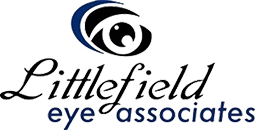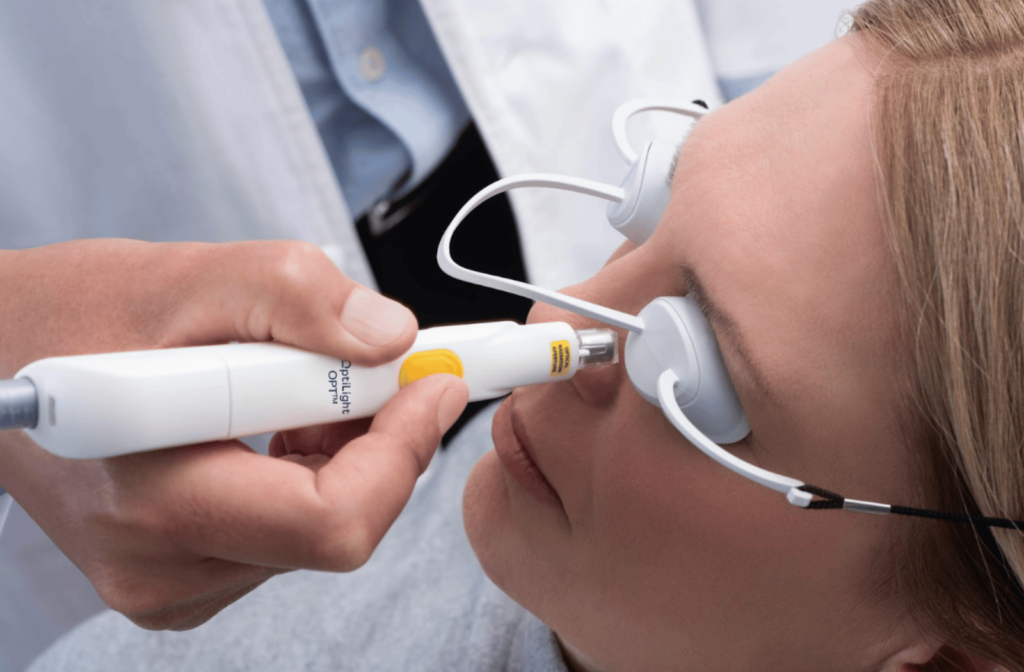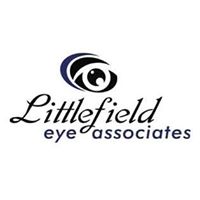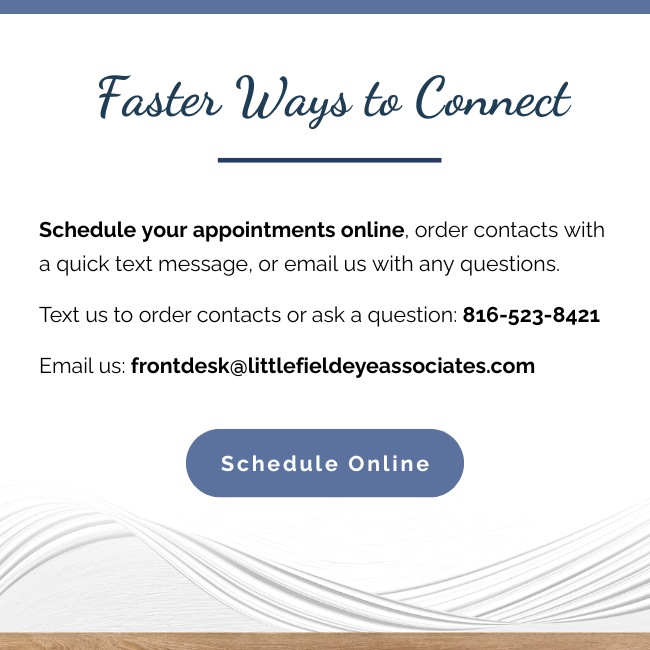If you’re like millions of Americans, you may experience the uncomfortable symptoms of dry eye disease. It’s often a chronic condition, and treatments are usually focused on symptom relief—lubricated eye drops, for example.
Some cases of dry eye require more than one treatment. OptiLight by Lumenis is an intense pulsed light (IPL) treatment approved by the FDA for use in managing dry eye. So, if eye drops aren’t doing the trick, this could be something to discuss with your eye doctor.
If they find that you’re a suitable candidate for OptiLight, they may recommend using it in conjunction with another treatment such as manual gland expression.
Dry Eye Disease Overview
Dry eye disease, commonly called dry eye, is a common condition affecting many people. The condition has two subtypes—Aqueous deficient dry eye and evaporative dry eye.
Aqueous deficient dry eye is where your eye does not produce enough water for your tears. The tear film then can’t adequately lubricate and protect your eye. Certain medical conditions and medications are common causes of this form of dry eye.
Evaporative dry eye is rooted in an imbalance in the tear film. The film should have a mixture of water, proteins, and oil. The oil is created by the meibomian glands in the eyelids, and helps prevent the premature evaporation of the tear film. The leading cause of evaporative dry eye is meibomian gland dysfunction (MGD), where the glands are not producing quality oil. 85% of dry eye disease is evaporative in nature.
Symptoms
Regardless of the subtype of dry eye you’re dealing with, many of the symptoms share a lot of overlap. Some common symptoms you could experience include:
- An irritated, scratchy feeling in the eyes
- Feeling like there is something in your eye
- Redness
- Excessive watering (the body’s natural response to your dry eyes)
- Blurry vision
- Light sensitivity
Common Treatments
There isn’t a one-size-fits-all answer for how your eye doctor will treat dry eye. Each person’s case is unique. Most optometrists consider any underlying conditions or causes when prescribing a treatment. But many dry eye treatments revolve around symptom relief.
Common treatment recommendations include:
- Over-the-counter or prescription eye drops
- Warm compresses
- Manual gland stimulation
- Punctal plugs
- Diet changes
- In-office treatments (IPL)
If your dry eyes are primarily caused by MGD, there’s a good chance that you may be a candidate for the IPL, OptiLight by Lumenis. Your eye doctor can determine whether it could be a beneficial treatment for you.
What Is OptiLight by Lumenis?
OptiLight by Lumenis is a light-based, non-invasive treatment done in the area below the eyes to manage dry eye. It is the first and only IPL FDA-approved for dry eye management.
The treatment is safe, and gentle, and is backed by more than 20 clinical studies.
OptiLight uses precise pulses of light to reduce the inflammation that is typically associated with dry eye disease, improve tear break-up time, and increase meibomian gland functionality.
This application can significantly relieve dry eye indicators and has a multi-factorial effect, including:
- Increasing tear break-up time
- Reducing the amount of Demodex mites and bacteria living around your eyes
- Eliminating blood vessels that contribute to inflammation
- Improving meibomian gland functionality
What To Expect With OptiLight Treatment
It’s important to remember that no treatment is a magic bullet, and you should expect at least 4 15-minute sessions with your eye doctor for the IPL treatment. Plus, your optometrist will likely use OptiLight in conjunction with other treatments, such as eye drops or manual expression.
For example, an eye doctor could perform the IPL therapy as intended and then perform a manual expression of the meibomian glands afterward. This could provide the extra treatment needed to restore proper gland function.
Before the Treatment
Before undergoing IPL treatment, we recommend that patients discontinue all products containing retinol for at least one week. Doxycycline, an antibiotic sometimes prescribed for dry eye treatment, needs to be taken no sooner than three weeks before IPL treatment, and treatment should not be done within two to three weeks of getting Botox or other neurotoxin treatments.
During the Treatment
Before the treatment begins, a protective cover is typically placed over your eyes. Then a cooling gel is applied to the treatment area. After the IPL treatment is complete, a manual expression or other treatments are performed if necessary.
Following the Treatment
There isn’t a ton of aftercare instructions to remember with IPL, but make sure you go over any questions with your eye doctor if you’re unsure. Because the treated area will likely be sensitive, it’s best to protect yourself from UV light with a high-quality sunscreen.
Discuss Your Dry Eye Treatment Options With Us
There isn’t a one-size-fits-all solution for dry eyes. But that doesn’t mean that you should resign yourself to dry, irritated eyes. Reach out to our professional team at Littlefield Eye Associates in Kansas City.
We can review your concerns with you and answer your questions or book you in to see one of our optometrists. After examining your eyes, the optometrist can determine whether you’re a good candidate for OptiLight IPL therapy.





